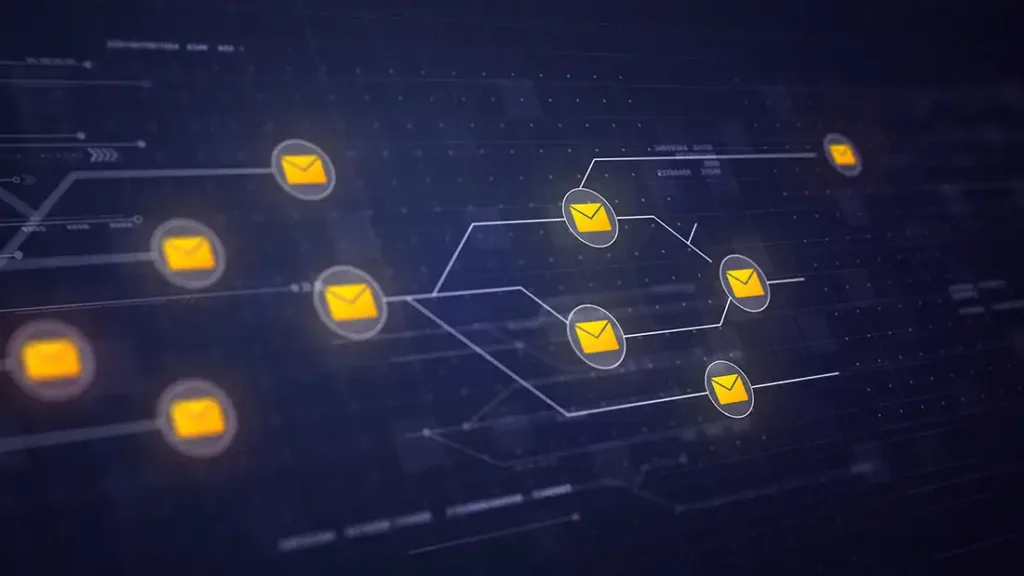
Here’s a shocking truth: 90% of B2B SaaS founders who claim cold email “doesn’t work” are actually failing at the very first step. They’re not struggling with email copy or deliverability—they’re stuck on a fundamental question: “Where do I actually find people to email?”
If you’ve ever found yourself wondering why everyone talks about cold email success but no one explains the contact acquisition process, you’re not alone. The confusion starts with a simple misunderstanding between two critical terms.
In this guide, we’ll walk through the step-by-step framework for building a sustainable contact acquisition system that actually converts.
Essential Action Items:

Before diving into tools and tactics, let’s clear up the semantic confusion that trips up most founders.
A “lead” is someone who has shown interest in your offering. A “contact” is simply someone who fits your Ideal Customer Profile (ICP) but hasn’t engaged yet.
Why this matters: You need contacts first, then convert them to leads through outreach. When you ask “where do I get leads for cold email,” you’re actually asking “where do I find contacts who match my ICP?”
Everything starts with knowing your Ideal Customer Profile. Your ICP should include:
Firmographic criteria:
Persona mapping:
For deeper ICP development strategies, check out HubSpot’s comprehensive customer profiling guide.
Apollo.io remains the most popular choice:
ZoomInfo is the enterprise solution:
Clay.com focuses on data enrichment:
Hunter.io excels at email finding:
Web scraping techniques using tools like:
Google Maps business listings provide local business data—perfect for location-based services targeting small to medium businesses.
Email validation tools are crucial:
For European contacts, ensure GDPR compliance with proper consent mechanisms.

Never use your primary domain for cold outreach. Create domain variations:
Email-to-domain ratio: Maximum 20 emails per inbox per day across 3 email addresses per domain. For 500 daily emails: 9 domains × 3 inboxes × 20 emails = 540 capacity.
DKIM, DMARC, and SPF configuration are non-negotiable. Google’s Postmaster Tools help monitor your sender reputation.
Email warming process:
For technical setup guidance, search YouTube for “Cold Email Deliverability Setup 2025” tutorials.
200-word maximum rule: Keep messages concise and scannable.
Effective subject lines:
Personalization strategies:
Question-based approach:
Money and savings references are spam triggers. Generic AI-generated content gets filtered out—email providers detect common ChatGPT outputs. Over-personalization can backfire (don’t state obvious facts like “I see you’re a founder”).
Learn advanced email techniques through Sales Hacker’s outbound resources.
Ethical sending limits:
A/B testing frameworks:
Value-driven content creation:
Lead magnets:
Cold calling complements email:
For call strategies, search YouTube for “LinkedIn to Email Prospecting Workflow” tutorials.
The cold email landscape is evolving rapidly. Email providers are implementing sophisticated AI-powered filtering, making technical setup and content quality more critical than ever.
Compliance trends are tightening globally. Beyond GDPR, we’re seeing state-level privacy laws in the US. Companies that succeed will build compliance into their processes from day one.
Success metrics to track:
The future belongs to companies treating cold email as a relationship-building channel, not a broadcast medium.
No. Purchased lists have poor data quality and low engagement rates. Build your own using verified tools and ethical collection methods for better results.
Maximum 20 emails per inbox daily across multiple domains. For 500 daily emails, use 9 domains with 3 inboxes each to maintain deliverability.
Implement proper DKIM/DMARC/SPF setup, warm domains gradually, use dedicated sending domains, and maintain low volumes per inbox. SendGrid’s deliverability guide provides technical details.